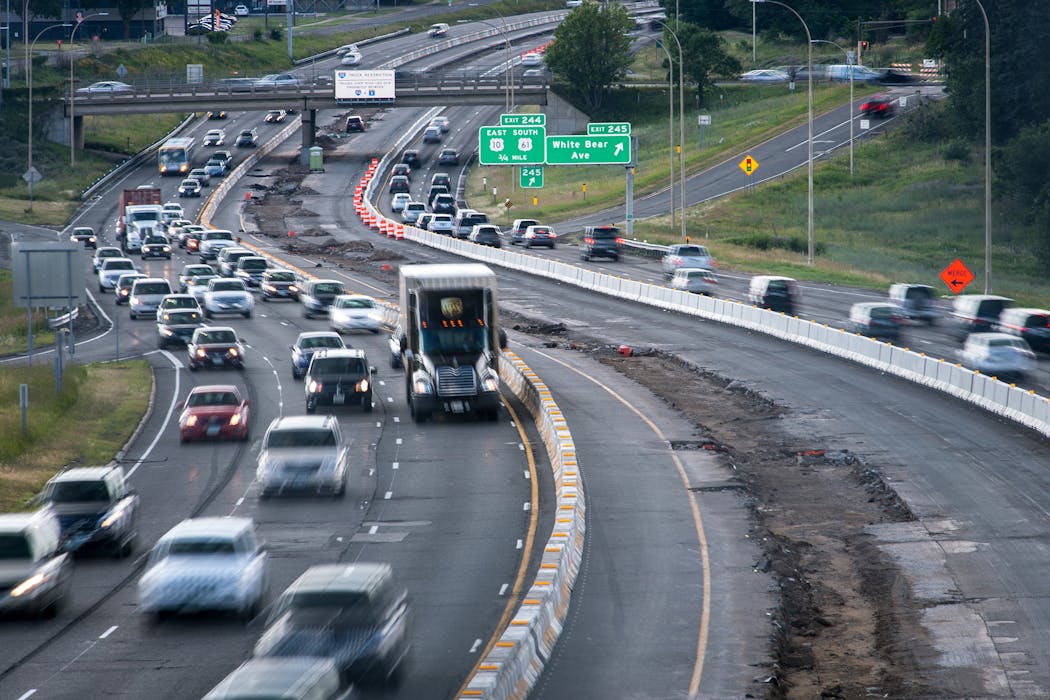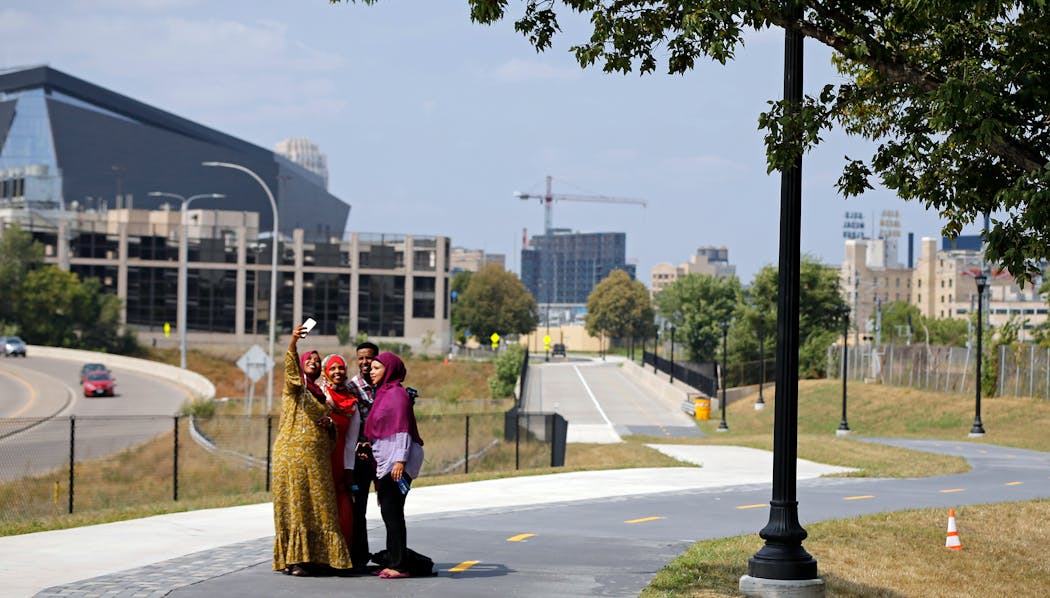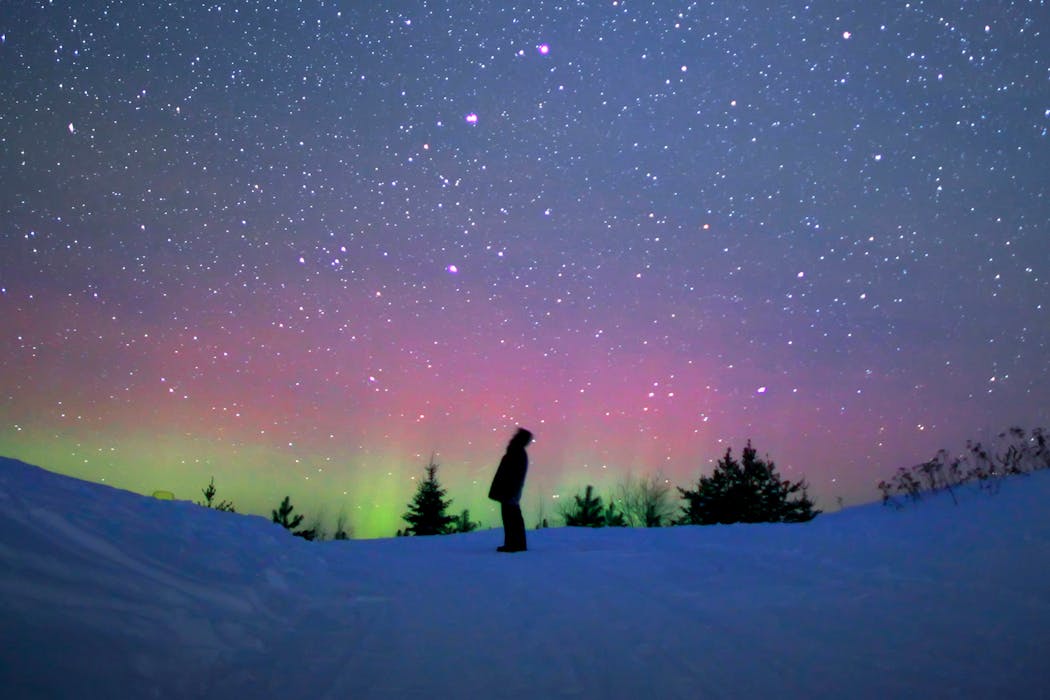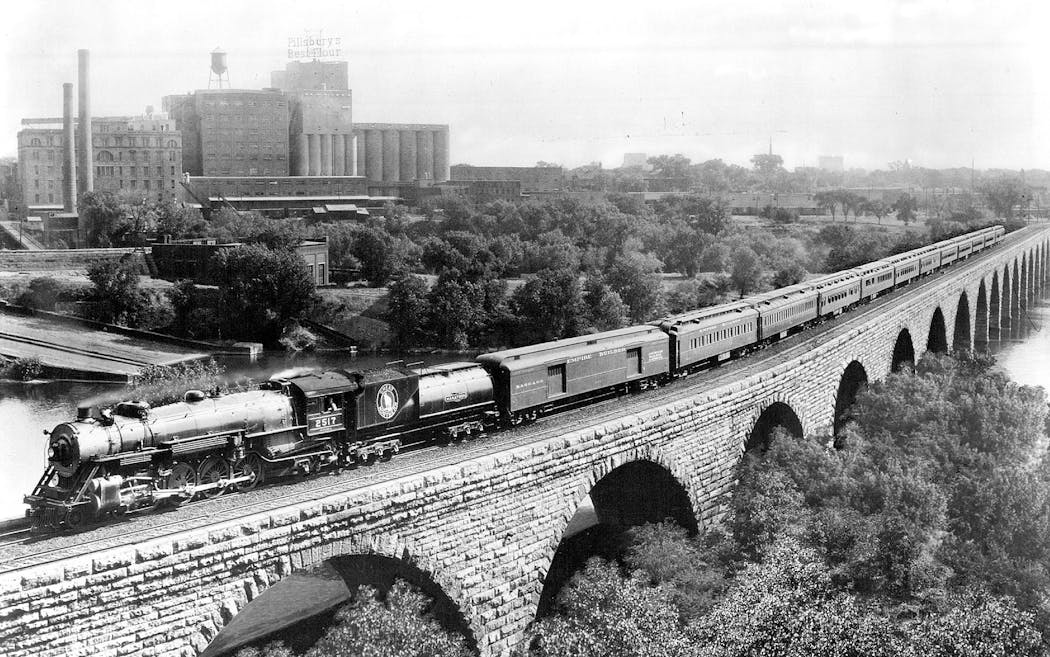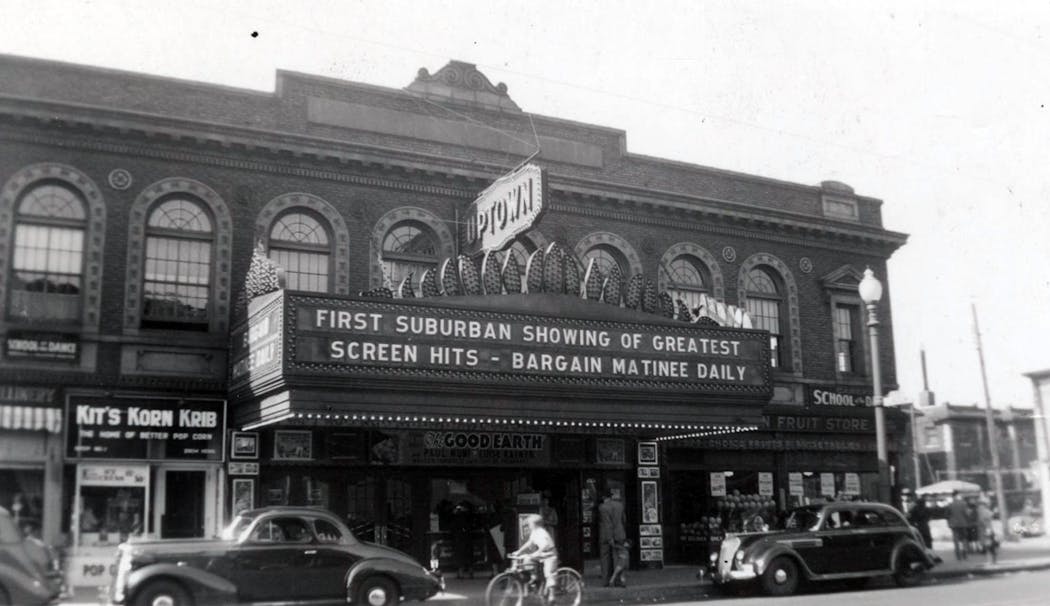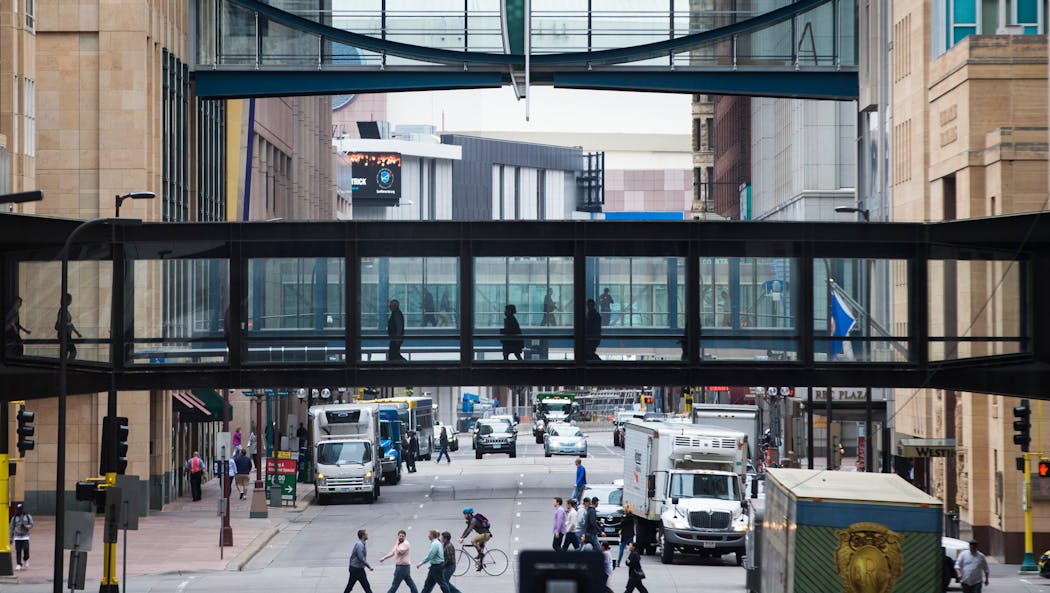Zipper merge vs. northern lights: Your top questions of 2019 answered
Listen and subscribe to our podcast: Via Apple Podcasts | Spotify | Stitcher
Minnesotans, it turns out, are quite a curious people. (You guys have a lot of questions about one another – particularly about why everyone seems to hate Edina and zipper merging.)
When we launched Curious Minnesota, our community-driven reporting project fueled by questions from readers, we didn't know what to expect. Less than 12 months later, we can declare the series a resounding success.
Since the effort launched, more than 775 questions have been submitted and more than 15,000 votes have been cast to help pick questions. And the average Curious Minnesota story has racked up about 10 times the readership of our average staff-written story online.
But the success of the series goes beyond the numbers. The variety and depth of questions asked have helped the Star Tribune newsroom listen to readers to report stories that matter to them, many of which wouldn't fit into our traditional beat coverage. We answered the most popular question – What is Minnesota Nice? from Sara Skinner – variations of which have been asked more than 30 times. (To be clear, some of question-askers wanted us to explore whether Minnesota Nice is even nice at all. The short answer: It's complicated.) We've tackled pocket-book issues like this one from Carl Ojala: Why does Minnesota tax social security benefits? And cultural questions like this from Randy Fordice: Why won't anyone in Minnesota take the last piece of food? And some of our stories definitely touched a nerve, eliciting hundreds of comments and more than 100,000 page views per story. As we look back on Curious Minnesota and look forward to another year of questions from our readers, here are the most popular Curious Minnesota stories for the year.
1. Why can't Minnesotans zipper merge?
The answer to this question actually touches on Minnesota culture (and Minnesota Nice) as much as driving skills. It seems that Minnesotans' propensity for rule following collides with, um, passive-aggressive behavior, to create backups in highway construction zones. Kate Thoma asked the question after coming upon construction in Bloomington, and with traffic backed up in the left lane, she zoomed along in the empty right lane until signs told her to move over. She was zipper merging, but her efforts were thwarted by a left lane vigilante who would not let her in line. "I'm certain he thought of me as rude and entitled, but I was just doing what my 9th grade driver's ed teacher taught me," Thoma said. She is right, and zipper merging is the law here. The concept is simple: Drivers remain in their lanes until they reach the merge point. Then, they are supposed to take turns merging. "It's a great idea in theory, but theory is not how people always drive," said Dwight Hennessy, a traffic psychologist who teaches at Buffalo State College in New York.
2. Why does everyone love to hate Edina?
Go to the Urban Dictionary, perhaps the Internet's No. 1 destination for an unfiltered look at what people really mean when they talk. The top definition for "cake eater" — ahead of even Marie Antoinette — describes Edina. "It's a thing," said Dominika Bielawski of Minneapolis of the sentiment that goes back decades. "Overly bougie people who want a white picket fence and a cookie-cutter life, everything served on a silver platter." Edina is wealthy, but not the wealthiest town in the Twin Cities. Edina's schools are excellent, but U.S. News & World Report ranks Edina High School at No. 10 in the state. Mounds View, Eagan, Wayzata and Eastview in Apple Valley all are ranked higher. So why the hate? Perhaps it's because Edina combines the things that have long symbolized the American dream — nice homes, tree-shaded streets, good schools — and hasn't ever let go of them.
3. How did the Twin Cities become a hub for Somali immigration?
The state has 52,333 people who report Somali ancestry — the largest concentration of Somalis in America — according to the American Community Survey in 2017. How they ended up in the Upper Midwest is a combination of available jobs and a generally welcoming populace. That success then built on itself, leading to more arrivals. The United States began issuing visas to Somali refugees displaced by civil war in the early 1990s. Initially the Somali community settled in other parts of the country, particularly San Diego. But many refugees struggled to find work with little education and English language skills. Word gradually spread that meat processing plants in rural Minnesota offered opportunity, and Somalis showed up to take those jobs in the early 1990s. Some began in Marshall, roughly 150 miles southwest of Minneapolis, and eventually Somalis began migrating to the Twin Cities.
4. What is the best place, time to see northern lights in Minnesota?
Although the lights can be viewable any time of the year, September and March offer the best chances to see the northern lights here. The recipe for seeing the spontaneous solar show: a dark night sky without a bright moon, heavy cloud cover, light pollution or trees filling the horizon. There also needs to be a high Kp — the measure of geomagnetic activity from zero to nine.
5. Why does the Stone Arch Bridge cross the Mississippi River at such an odd angle?
The answer has more to do with logistics than aesthetics. Engineers were concerned about disturbing the sandstone riverbed above the falls, so they chose to build below the falls. The bridge would cross at a diagonal — with a six-degree curve at one end — so trains could easily travel into the riverside rail yards on their way to and from the proposed depot. An added benefit of the design was that it created a great vantage point for viewing the falls — as modern day sightseers can attest.
6. How did Minnesota become one of the most racially inequitable states?
By almost any measurement, Minnesota is plagued by racial disparities — in unemployment, in poverty, in homeownership. Several readers wanted to know what's behind the inequities.
7. Why is Uptown south of downtown Minneapolis?
These days, Uptown is the common way to describe the district around Hennepin Avenue and Lake Street in Minneapolis, but that is a relatively recent phenomenon.
8. Is Minnesota's tiny Lake Itasca the true source of the Mississippi River?
While some hydrologists argue a river's source should be traced to its longest tributary, others trace it to the stream that contributes the most water, which would make the Mississippi's source the Missouri or Ohio rivers.
9. How did these 11 Minnesota towns get their unusual names.
Picture this: You're on a Minnesota road trip, minding your own business and having a good time, when you see a sign for Climax. Or maybe one for Nimrod, Embarrass or Fertile. Who named these towns? And more importantly, why? We rounded up 11 of the state's most head-scratching town names, and discovered how they came to be.
10. Were Minneapolis' skyways created to combat the cold, or something else?
It's hard to imagine downtown Minneapolis without its skyways. They have become, after all, as distinctly Minnesotan as hockey and hot dish. But where did the idea for the skyway system come from? It turns out the skyways were not only a reaction to Minnesota's frigid climate.
In addition to the top-read stories listed above, we've held events, including Curious Minnesota Day at the Minnesota State Fair with trivia games and prizes. And we're in the middle of launching a podcast series, too, with two episodes streaming now and others in the works.
Have a curious question about Minnesota culture? We're all ears.
---
If you'd like to submit a Curious Minnesota question, fill out the form below:

